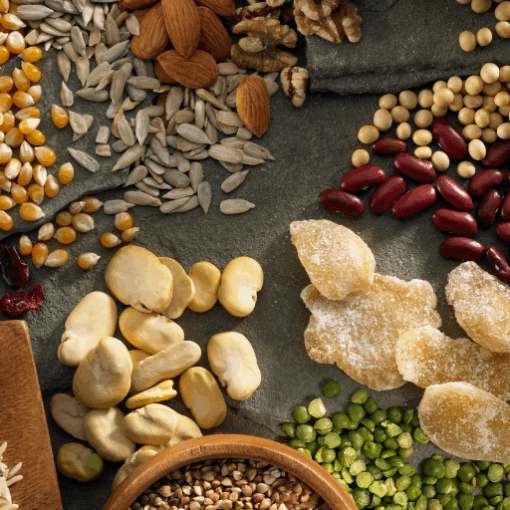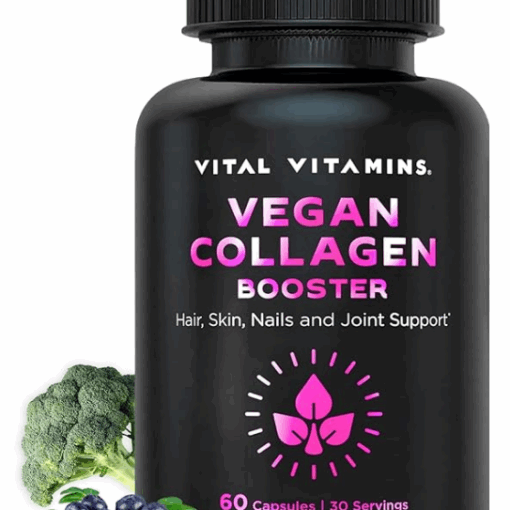Gluten intolerance in runners is very challenging, considering the amount of food and variety of foods required to fuel running workouts. I began to suspect that I was experiencing gluten intolerance when my running times began to slow substantially, I was very fatigued all the time, and I had muscle and joint pain beyond what I should have been feeling. I found this article, “Signs and Symptoms of Gluten Intolerance (Sensitivity)” very helpful, as well as this article, “Gluten Intolerance Symptoms and Management“. I believe that my gluten intolerance was triggered by stress. Scroll down to read even more about gluten intolerance in runners.
A Runner’s Guide to Gluten Intolerance
For runners, food is fuel. Every mile, every workout, and every recovery is powered by the nutrients we consume. But what happens when a common fuel source, found in staples like pasta and bread, becomes the very thing that holds you back? For a growing number of runners, this is the reality of living with gluten intolerance.
Navigating the world of endurance sports while managing a gluten-free diet can feel like an uphill battle. From carbo-loading to post-run recovery, the challenges are real. But with the right knowledge and a smart approach, not only is it possible to thrive as a gluten-intolerant runner, but you might even find a new level of performance and well-being.
Understanding Gluten Intolerance: More Than Just a “Sensitive Stomach”
Gluten is a protein found in wheat, barley, and rye. For individuals with celiac disease, an autoimmune disorder, consuming gluten triggers an immune response that damages the small intestine. However, a larger group of people experience non-celiac gluten sensitivity (NCGS), often referred to as gluten intolerance.
The symptoms of gluten intolerance can be wide-ranging and often overlap with issues many runners face, making it tricky to diagnose. Common complaints include:
- Gastrointestinal distress: Bloating, gas, diarrhea, and constipation are hallmark signs. For a runner, these symptoms can be debilitating, turning a long run into a desperate search for a restroom.
- Fatigue and “Brain Fog”: Feeling inexplicably tired or having difficulty concentrating can significantly impact training motivation and performance.
- Headaches and Joint Pain: Chronic headaches and achy joints can be easily mistaken for the usual aches and pains of rigorous training.
- Skin issues: Rashes and eczema can also be manifestations of gluten intolerance.
If these symptoms sound familiar, it’s crucial to consult a healthcare professional for a proper diagnosis to rule out celiac disease or other conditions.
The Runner’s Plate: Reimagining Fuel on a Gluten-Free Diet
The primary concern for any runner is consuming enough carbohydrates to fuel their workouts and replenish glycogen stores. Traditional runner’s diets often lean heavily on gluten-containing grains. So, how do you carbo-load without the pasta dinner?
Fortunately, nature provides an abundance of powerful, gluten-free carbohydrate sources:
- Rice: A versatile and easily digestible option. White rice can be particularly beneficial before a run as it’s lower in fiber.
- Potatoes and Sweet Potatoes: Packed with complex carbohydrates and essential nutrients like potassium.
- Quinoa: A complete protein and a great source of carbohydrates and fiber.
- Oats: Ensure you choose certified gluten-free oats to avoid cross-contamination with wheat during processing.
- Corn: Corn tortillas, polenta, and popcorn can all be part of a gluten-free runner’s diet.
- Fruits: Bananas, dates, and other fruits are excellent sources of quick energy.
- Legumes: Beans and lentils provide a combination of carbohydrates and protein, ideal for recovery meals.
Protein and healthy fats remain crucial for muscle repair and overall health. Lean meats, fish, eggs, nuts, seeds, and avocados are all naturally gluten-free and should be staples in your diet.
Conquering the Challenges: Practical Tips for the Gluten-Intolerant Runner
Living and running gluten-free requires a new level of planning and awareness, but it’s far from impossible. Here are some practical tips to keep you on track:
- Become a Label Detective: Gluten can hide in unexpected places like sauces, soups, and even some sports nutrition products. Reading labels diligently is non-negotiable.
- Embrace Meal Prep: Preparing your meals and snacks in advance gives you control over your ingredients and ensures you always have safe and effective fuel on hand.
- Fueling on the Go: For long runs and races, you’ll need to find gluten-free energy gels, chews, or bars that work for you. Always test your race-day fuel during training to avoid any gastrointestinal surprises. Many athletes also turn to whole-food options like salted boiled potatoes or homemade energy balls.
- Race Day Strategy: Don’t rely on aid stations to have gluten-free options. Pack your own fuel and hydration to be self-sufficient. For pre-race pasta dinners, many restaurants now offer gluten-free pasta, but be sure to inquire about their preparation methods to avoid cross-contamination. A safer bet might be a rice-based dish or a large sweet potato.
- Listen to Your Body: Pay close attention to how different foods make you feel. Your body will give you the best feedback on what’s working and what’s not.
The Finish Line: Thriving as a Gluten-Free Athlete
While the initial transition to a gluten-free lifestyle can be challenging, many runners report significant improvements in their digestion, energy levels, and overall well-being. By focusing on whole, unprocessed foods and being mindful of your nutritional needs, you can not only manage your gluten intolerance but also unlock your full potential as a runner.
Remember, a diagnosis of gluten intolerance is not a finish line for your running ambitions. It’s simply a detour that, with the right map, can lead you to a stronger, healthier, and more resilient version of yourself. So, lace up your shoes, fuel your body with what makes it feel good, and enjoy the run.




